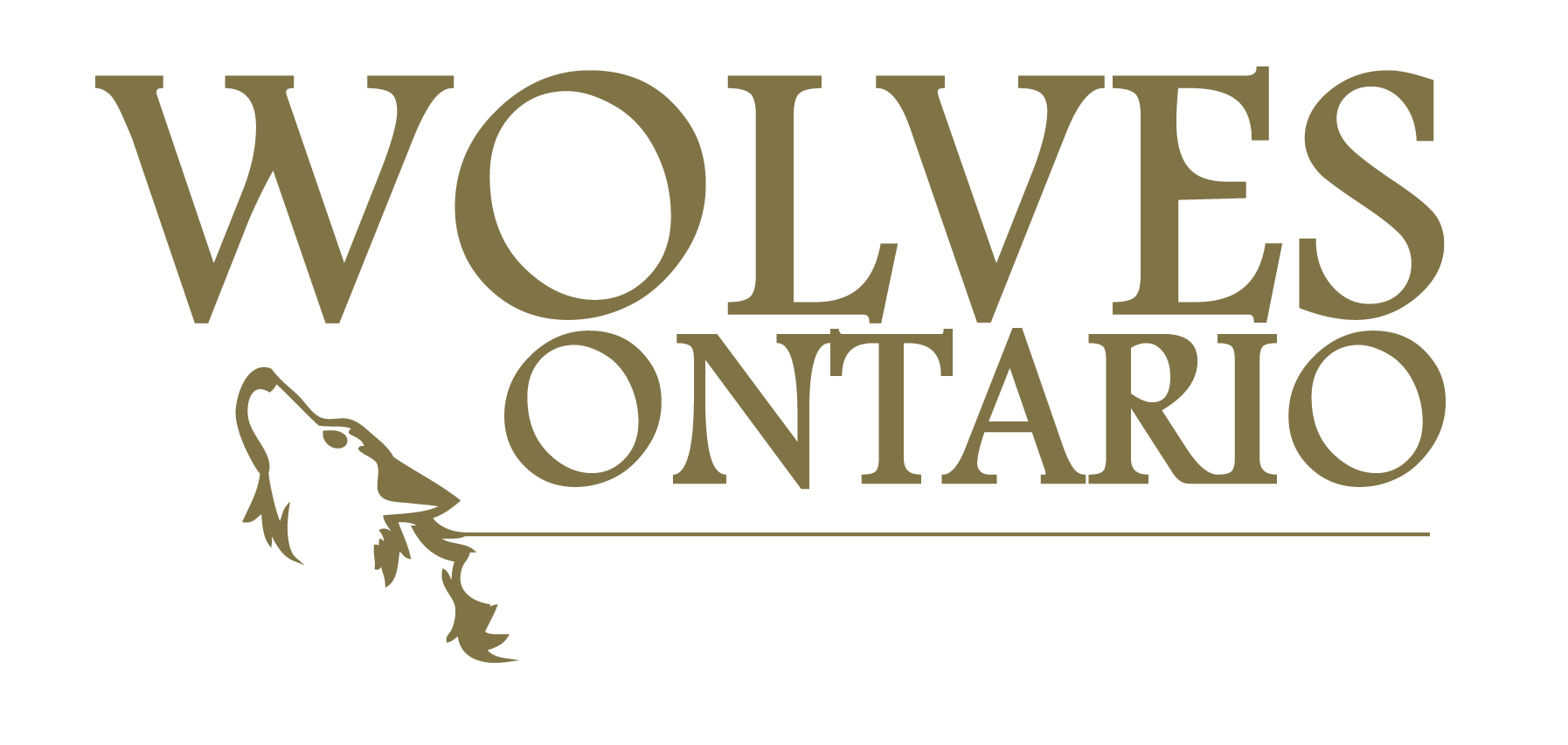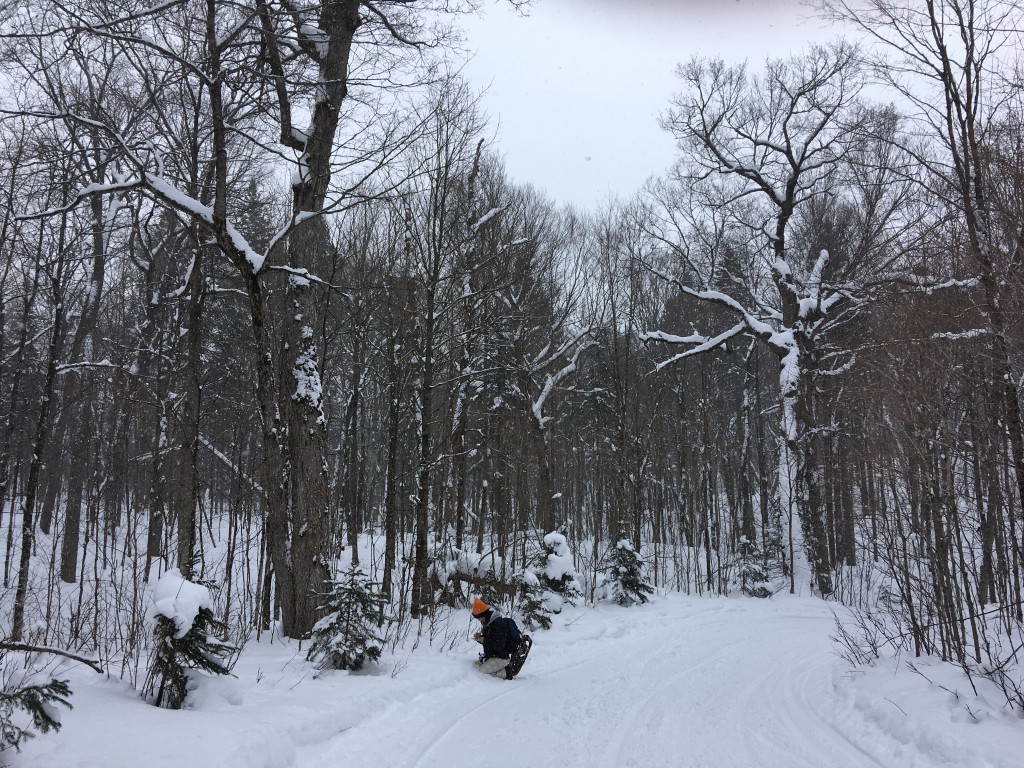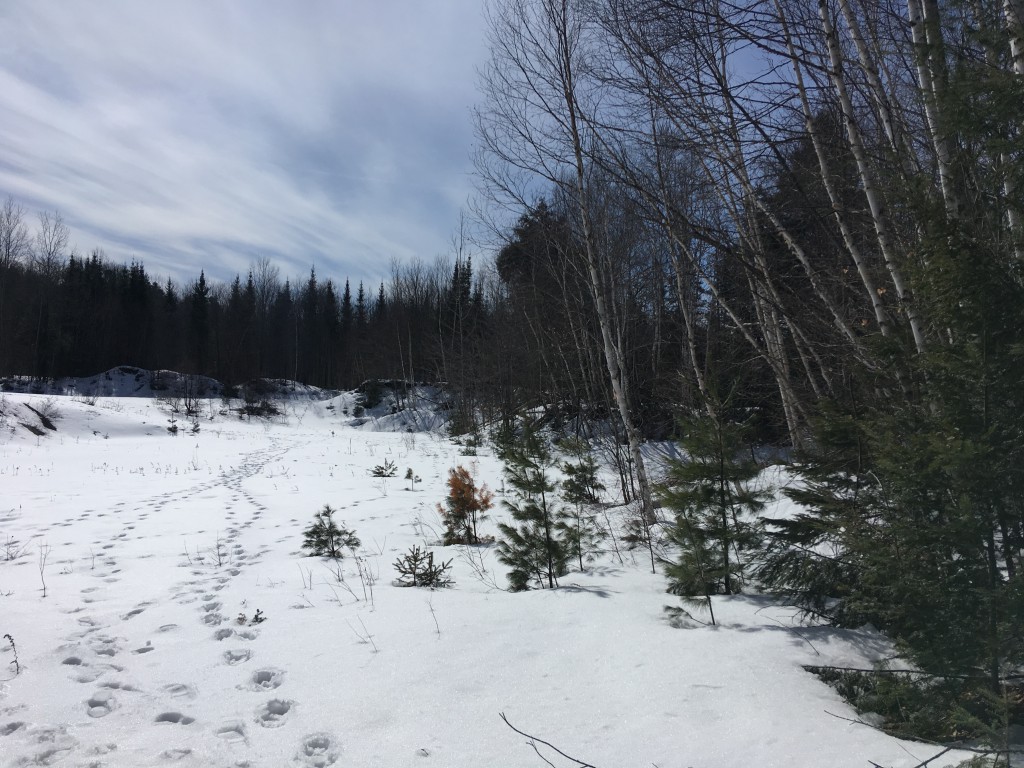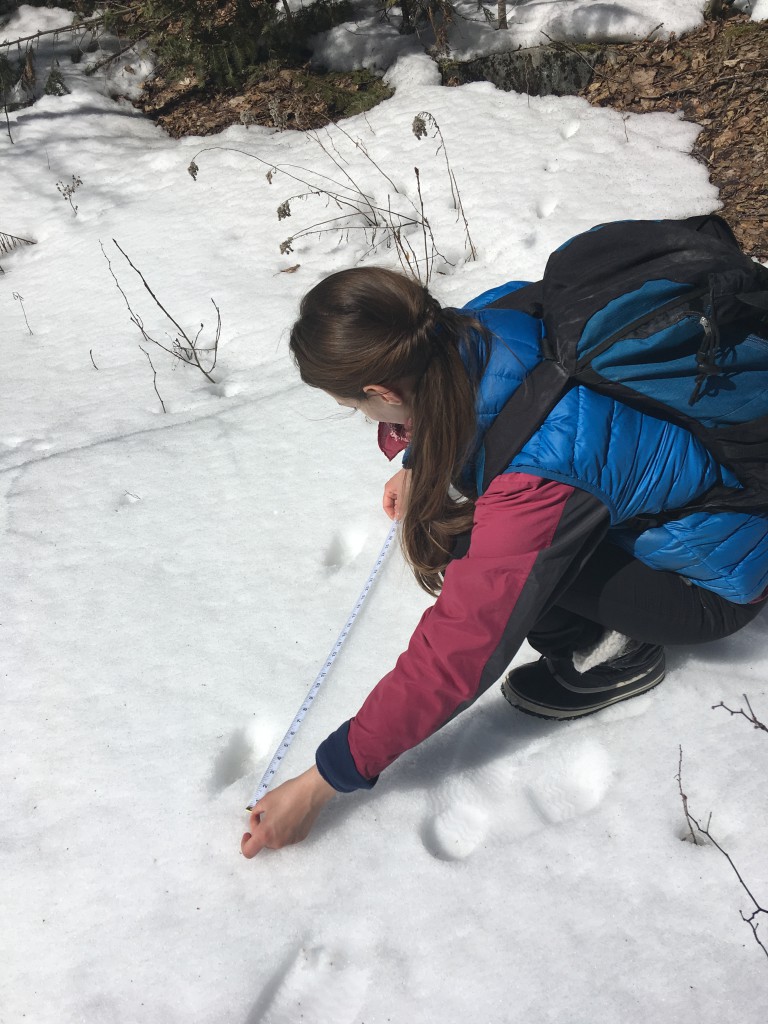Eastern wolves (AKA Algonquin wolves; Canis c.f. lycaon) are listed as a threatened species in Ontario due to their small population size.
There may be as few as 500 of these wolves left in the world, and more than 60% are estimated to live in Ontario (the rest inhabiting Quebec). Likely, the species once extended south into the eastern United States, and occupied southern Ontario.
Currently, eastern wolves seem to be largely restricted to protected areas such as Algonquin and Killarney Provincial Parks, Kawartha Highlands Signature Site and Queen Elizabeth II Wildlands. Elsewhere, the landscape is probably home to eastern coyotes, and further north, to grey wolves. However, not all regions have been surveyed.
Earthroots launched the Ontario Wolf Survey project in 2016 to help fill in gaps in the survey effort across Ontario. We collect DNA from large canids (coyotes/wolves) non-invasively, including scat (feces), urine (frozen in snow) and hair. We deliver these samples to Trent University to be profiled to species (eastern wolf, eastern coyote, grey wolf or admixed individual). DNA also indicates sex (female/male) and can be used to create family trees, determining relatedness between individuals.
We are also contributing DNA samples to support the development of a new standard method for species identification that will enable any genetics lab to accurately ID eastern wolves. This research is a project of the Eastern Wolf Survey at Trent University. We are also volunteering our scat samples to a study on the diet of large canids.
Collectively, these data will help inform the species’ Recovery Strategy, which was recently delayed up to 18 months. The final strategy is anticipated by August 2019, and will provide science-based recommendations to the Minister of Natural Resources and Forestry to recover this threatened species.
As part of the Ontario Wolf Survey, Earthroots facilitates DNA collection by the general public in areas of priority. Please contact us if you live or regularly visit private property or crown land between the above-mentioned provincial parks.
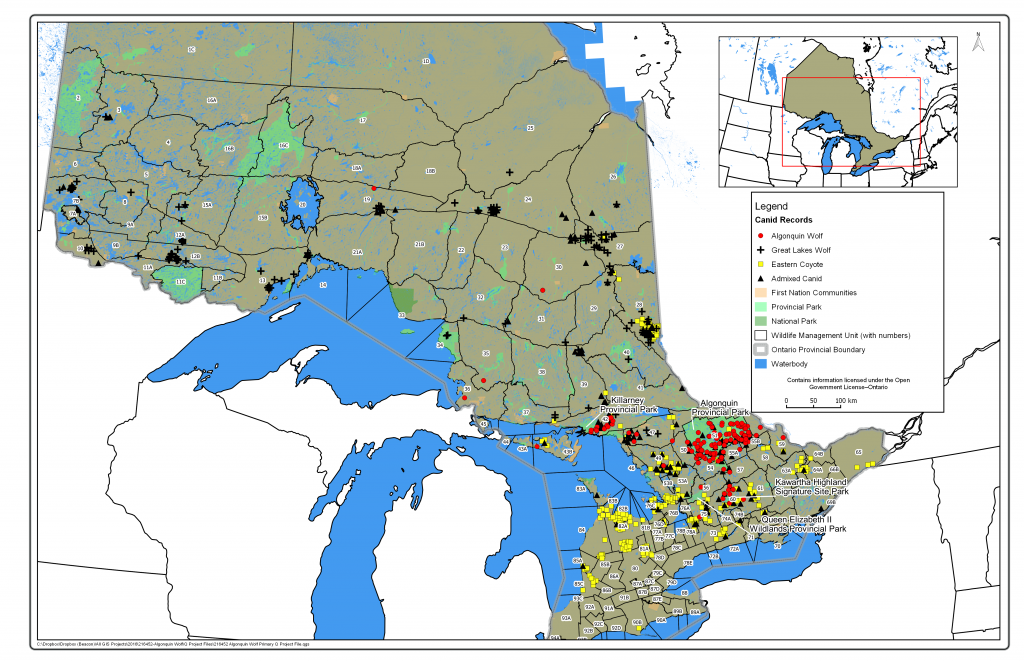
Results of genetic samples collected for three main canid types (from draft Algonquin Wolf Recovery Strategy, 2017)

